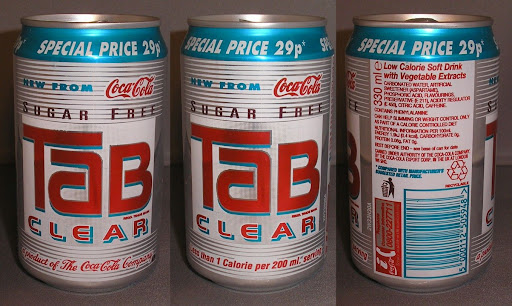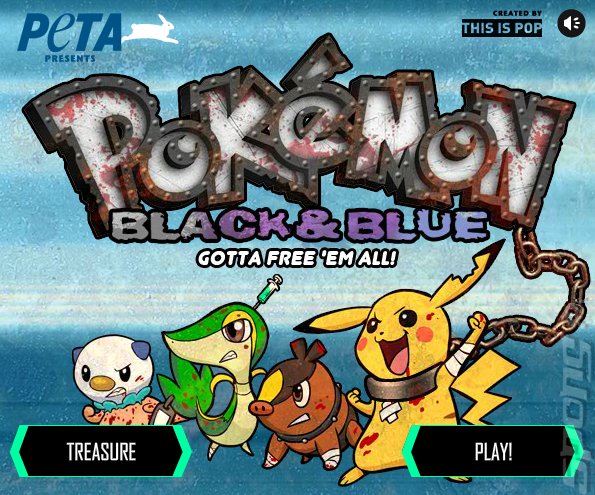Impersonating Morgan Freeman, then “mixing up the market with the 4P” and breaking down what Abercrombie and Fitch does wrong in a rap, not your typical marketing presentation, of course you never expected for a bunch of guys to take on A&F as their company of choice. Overall it was a very good experience, my group had amazing chemistry and we really did learn a lot.
In terms of chemistry, we used to do long meetings and actually get a lot of work done. I mean we would start the meeting with “this needs to get done”, then divide the work and work in smaller subteams. This worked during the first two assignments, but in the third one, we found that everyone had to become a bit more specialized. In a way this proved what we had learned in OB about the speed specializing has.
Furthermore, I realized that what normally happens in team projects,where one person, normally in charge of the project, starts to complain about everyone else’s work and acts like they know what they are doing is NOT EFFECTIVE. Rather, a better approach to take is to completely get rid of anyone acting as that person and instead have everyone do their part then come together to give feedback. I have found that strategy to work very well, because everyone is good at something, but there could be a mismatch between the job and the person’s skills, therefore having everyone look at the work, means that there will be consensus as to what is good and what is bad. Lastly, there is much less risk taking in this strategy, as opposed to the one person taking charge.
This group project is going to be a memorable experience and I plan to use what I have learned doing this for future group projects.






